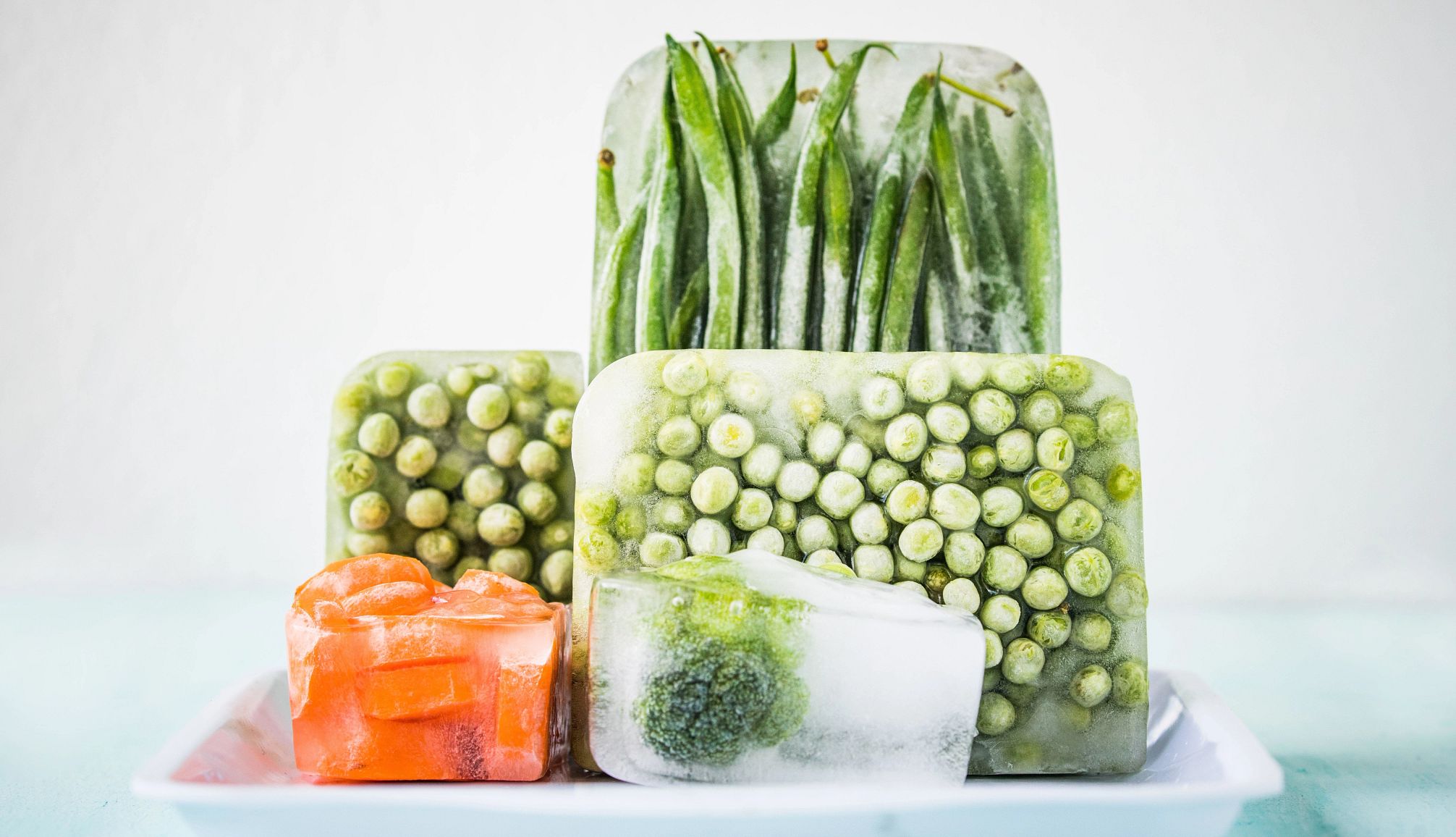AARP Hearing Center


When it comes to eating healthy, one of the biggest barriers is a flood of unreliable information.
Conflicting headlines, fad diets and misinformation make it difficult to sort out what’s really good for you and what’s harmful. Creating more uncertainty: manufacturers that slap misleading food labels on their products, and social media influencers with no nutrition expertise who tout specific eating habits or diets.
Here are 10 of the most common nutrition myths and the truth about each.
1. Myth: All fat is bad
Fat got a bad rap in the ’90s, when low-fat diets were all the rage, and many Americans are still confused about the role of fat in a healthy diet.
We now know that all fats aren’t created equal, says Teresa Fung, a nutritional epidemiologist and professor of nutrition at Simmons University in Boston.
Animal fats, which are more saturated, are linked to cardiovascular disease. But the healthier monounsaturated and polyunsaturated fats found in fish, avocados, olives and olive oil, eggs, nuts and seeds can lower your risk of cardiovascular disease and death.
Although all types of fats are high in calories, fats “stay in the stomach longer,” Fung says, “so you are satisfied for longer and you don’t reach for a snack as quickly.”
2. Myth: The best way to cut sodium is to put aside the salt shaker
The vast majority of Americans consume too much salt, and if you have high blood pressure, slashing your sodium intake could be a matter of life and death.
But because most of our sodium in the United States comes from prepared foods, just avoiding the salt shaker at dinner isn’t going to make a big difference, Fung says.
Breads, salad dressings, pasta sauces, canned beans, cheese, and many processed foods and packaged snacks are loaded with sodium, she says. Even boneless, skinless chicken breasts can be injected with a brine that raises sodium levels. Restaurant food is also filled with salt, with some packing the amount of sodium you should have in a day into just one meal, according to a study in the Canadian Journal of Public Health.
Fung recommends cooking at home as often as possible, comparing labels and choosing low-sodium versions of packaged and prepared foods.
3. Myth: Foods with “whole grain” or “multigrain” on the label are always healthy
You know that foods made with whole grains are healthier than those with refined flour, but labels can be misleading.
“Made with whole grains” and “multigrain” may sound healthy, Fung says, but often they mean a product contains only a small amount of whole grains, while the rest is refined.



































































More From AARP
Cooked or Raw? The Best Ways to Eat 9 Healthy Veggies
Plus vegetables to eat together for higher nutrition and some that don’t pair well7 Foods That Don’t Deserve Their Bad Reputations
Science and guidelines have changed, so your choices can too
13 Processed Foods That Are Good For You to Eat
Not all bagged, boxed and canned foods are bad
Recommended for You